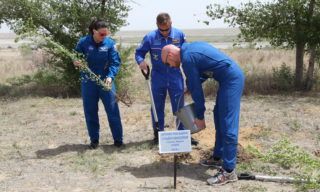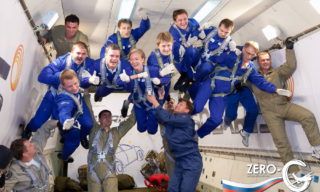NASA astronauts Chris Cassidy and Robert Behnken stepped out into the space to replace ageing batteries on the International Space Station on July 1.
This was the second spacewalk in a week and the astronauts continued their work on improving the power supply to the space station started on June 26.
They successfully moved and connected the new, powerful lithium-ion battery and its adapter and moved an ageing nickel-hydrogen battery for future disposal.
During their first spacewalk on the 26th of June they removed five of the six nickel-hydrogen batteries in one of the stations power channels and installed two of three lithium-ion batteries.
The ISS is equipped with four large solar arrays and each one feeds electricity into two circuits going into the space station.
The upgrade made on the 1st of July included removing the last of the six ageing nickel-hydrogen batteries and installing the final of the three lithium-ion batteries.
This will complete the power capability upgrade on the far starboard truss and complete the station’s battery replacement work that began in January 2017 with the first series of power upgrade spacewalks.
Photo credit: Ria.ru



















